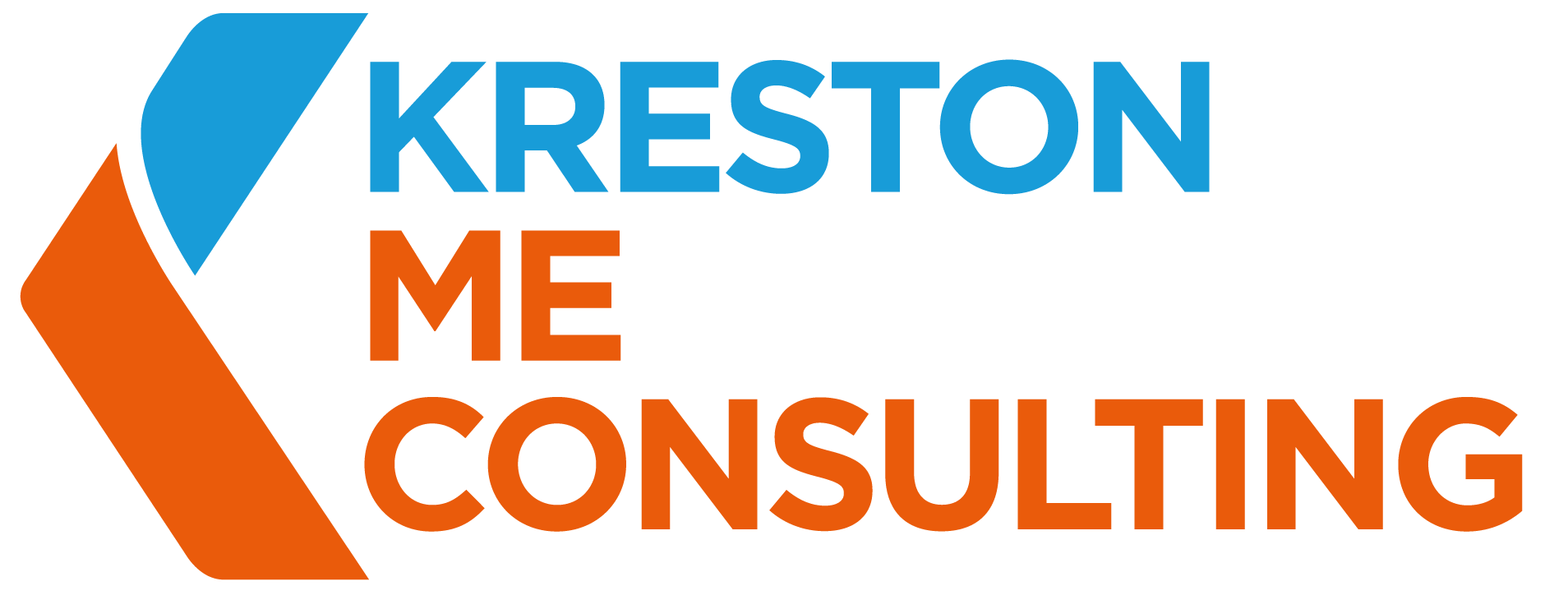Goodwill Impairment Testing
Understanding the Impact on Financial Statements
Goodwill impairment testing is a critical process in financial reporting, offering insight into the value of intangible assets within a company. It is a crucial aspect of adhering to international accounting standards, such as IFRS (International Financial Reporting Standards) and GAAP (Generally Accepted Accounting Principles).
Goodwill, representing the intangible value of a company’s reputation, brand, and customer relationships, requires periodic assessment to ensure its carrying amount aligns with its recoverable amount.
This assessment not only safeguards the accuracy of financial statements but also aids stakeholders in making informed investment decisions by providing a clear picture of the company’s financial health.
Impairment Testing Process
The process of testing goodwill impairment involves the following steps:
Identify the Reporting Unit – The first step is to determine the reporting unit, which is the lowest level of an entity that generates cash inflows that are largely independent of the cash inflows from other assets or groups of assets.
Determine the Recoverable Amount – The recoverable amount of the reporting unit is determined based on either the fair value less costs to sell or the value in use. The fair value is determined through various valuation techniques, such as market multiples or discounted cash flow analysis. The value in use is the present value of estimated future cash flows.
Compare Carrying Amount with Recoverable Amount – Compare the carrying amount of goodwill with its recoverable amount. If the carrying amount exceeds the recoverable amount, impairment is recognized.
Measure the Impairment Loss – The impairment loss is measured as the difference between the carrying amount and the recoverable amount. It is recorded as an expense in the income statement and reduces the carrying amount of goodwill on the balance sheet.
Negative Operating Results – If the acquired business experiences lower-than-expected operating results, such as declining revenues, increased costs, or reduced profitability, it may indicate a potential impairment of goodwill.
Adverse Legal or Regulatory Factors – Changes in laws, regulations, or legal disputes that affect the acquired business can impact its financial performance and result in goodwill impairment.
Recognizing and Measuring Goodwill Impairment
Goodwill impairment is recognized when the carrying amount of goodwill exceeds its recoverable amount. The recoverable amount is the higher of the fair value less costs to sell or the value in use. The impairment testing is typically conducted annually or more frequently if there are indicators of potential impairment.
Implications for Financial Statements
Income Statement
Balance Sheet
Cash Flow Statement
Disclosures
Goodwill impairment is a significant concept in financial reporting that reflects the potential decrease in the value of acquired businesses. Understanding goodwill impairment is crucial for entities involved in business combinations. By recognizing and measuring impairment losses appropriately, entities can provide users of financial statements with reliable and transparent information about the financial performance and value of its acquired businesses.
